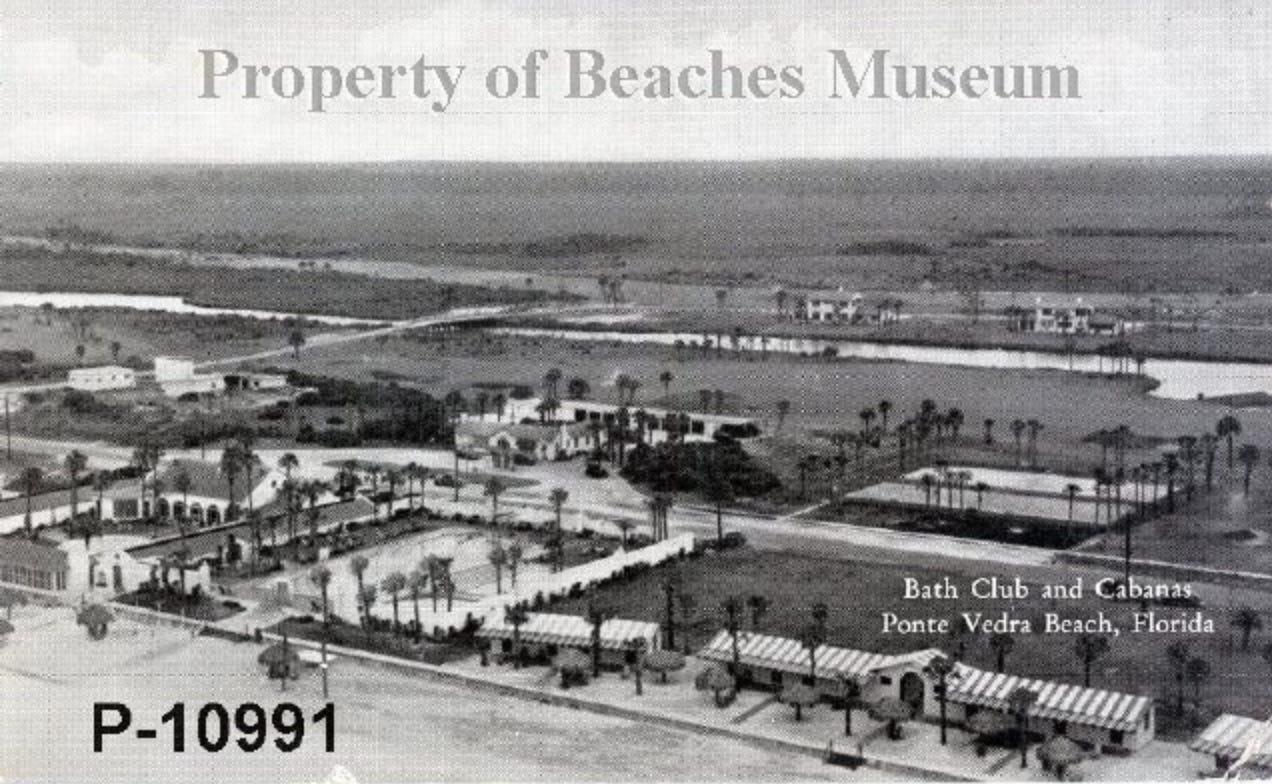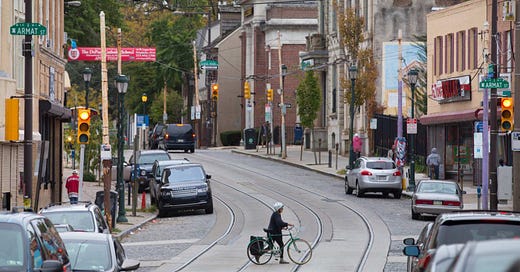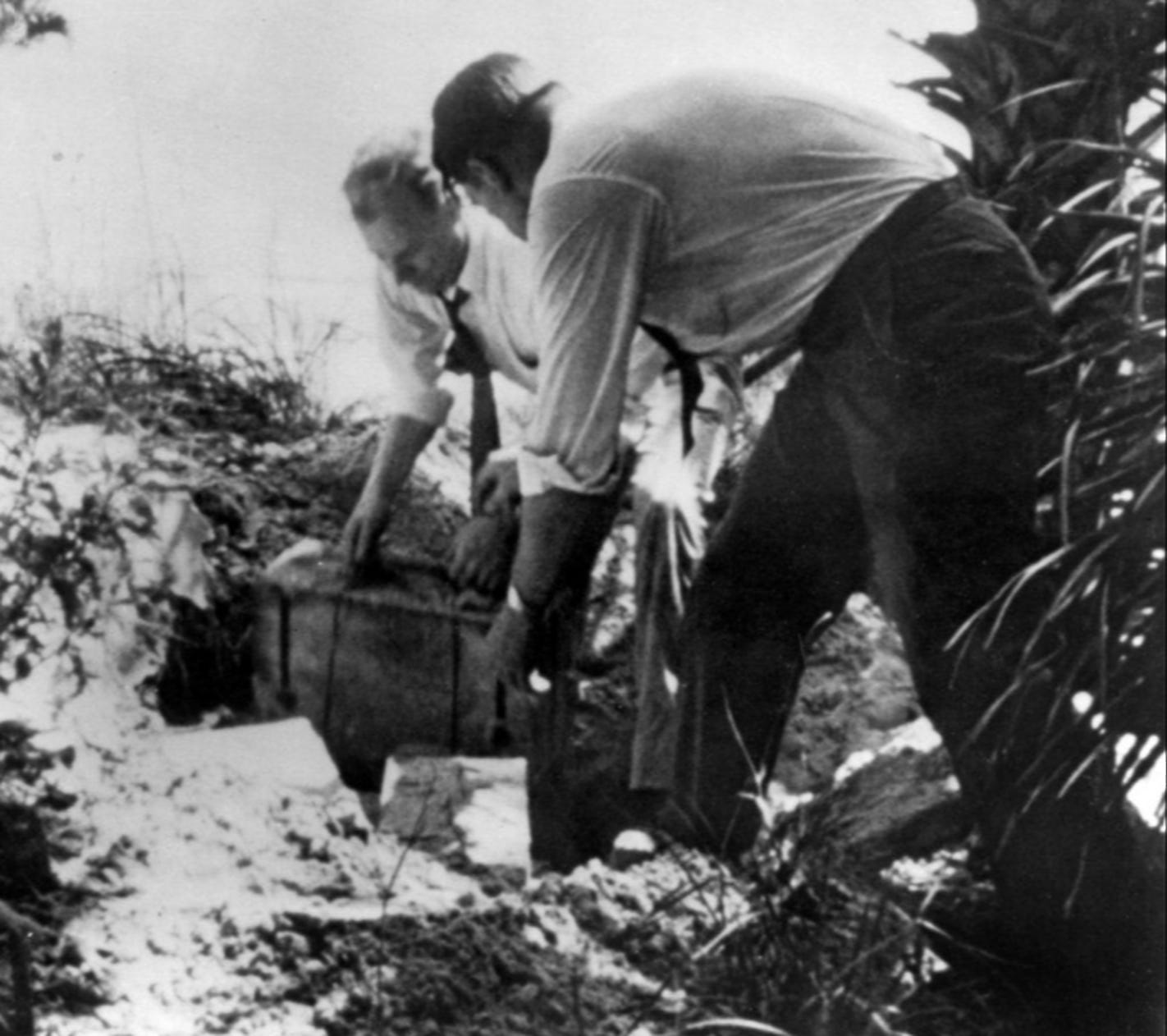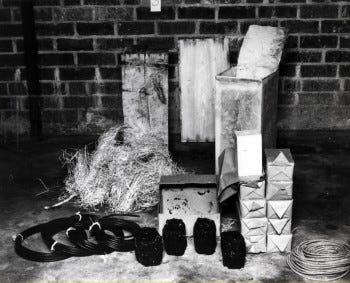Submarine spies and cold feet. A look into a German spy operation during WWII
8 men, 2 teams, 1 outcome. It was an operation to remember.
Economic warfare takes on many shapes and sizes. Manufacturing sabotage is one of those shapes. Eight German spies landed in the United States in 1942 to partake in economy-disrupting missions… so how did they fare?
Official Name
Operation Pastorius - It was named after Francis Daniel Pastorius. A German who founded the first organized German-American settlement in Pennsylvania in the late 17th century.
Before we start, we want the people to know what’s really going on! Please share the newsletter with others. There’s a lot of research and effort that goes into each article!
Conspiracy Description
Hitler sent two teams of four spies in 1942 - via submarine (German U-boats) - to land in The United States and wreak havoc on aluminum manufacturing. One team landed in Long Island, NY and the other team landed in sunny Ponte Vedra Beach, FL.

The main goals were to:
disrupt the manufacturing of planes
cause panic among the American public
The Details
The Nazis trained at a facility disguised as a working farm. They were given instructions on attacking a variety of places in the United States: hydroelectric plants, aluminum factories, a cryolite plant, Jewish department stores, river locks, crucial railroad sections, and New York City’s water supply system. They learned to use special contraptions and explosives developed specifically for their mission.
But the spies began making mistakes from the very beginning and did not always seem to take the mission seriously. Michael Dobbs covers this in his book, Saboteurs: The Nazi Raid on America. During a brief stop in Paris, Heinrich Heinck got drunk at a bar and announced to the other patrons that he was a “secret agent.” When Walter Kappe, who oversaw the mission, found out the U-boats were ready he expressed relief. He said the men were “running wild with booze and girls.” [Dobbs]
In June 1942 the eight Nazis arrived in submarines at Amagansett, New York, and Ponte Vedra Beach, Florida. Then things really turned south. George Dasch immediately encountered a Coast Guardsman. The young man pretended to let Dasch pay him off. In reality, he immediately alerted his colleagues who found more evidence left by the Germans on the beach. The government began searching for them.
Perhaps Dasch never really intended the mission to be successful. At 39 years old, Dasch had worked in the United States for years and even served in the U.S. army before returning to Germany. Ernest Burger had similarly spent significant time in the United States and was even a U.S. Citizen. The organizers hoped these experiences would make the men more effective spies, but they turned out to be a liability instead. Were Dasch and Burger actually… double spies?
Within days of arriving on American soil, Dasch and Burger had agreed to turn themselves in to the FBI. Dasch initially struggled to find somebody who believed his story, but eventually got the attention of D.M. Ladd by dumping $84,000 cash on his desk.
It turned out several of the men had failed to keep the mission entirely secret. Herbert Haubt had immediately told his parents everything and then aroused suspicions when visiting the local FBI office to take care of his draft registration. Hermann Neubauer had gotten lonely and opened up to some acquaintances, telling them he had arrived in a submarine on an assignment from the German government.
It did not take long for the FBI to capture all eight spies. Despite Dasch’s defection, FBI Director J. Edgar Hoover took credit for uncovering the plot and apprehending the men. Dasch himself had hoped to be treated as a hero for revealing the Nazi conspiracy. Instead, he was tried alongside the others, in secret before a military commission. All eight men were found guilty and six sentenced to death.

After the execution, the six dead spies were buried in an area called Blue Plains in the southwest of Washington, D.C. Their exact burial spot was left purposely ambiguous. This all occurred within two months of the men arriving in the United States.
Dasch’s sentence was thirty years in prison and Burger’s was hard labor for life. But both men were sent back to Germany in 1948.
What This Means
It’s hard to tell if this was an actual German mission since it was so poorly planned and executed. I mean.. how much havoc could have been caused by this box of explosives:
If the mission was to really destroy many parts of the aluminum industry, this hardly would’ve been enough to do one target. It seems more likely that this was either a distraction by the Germans so they could do other missions, or they were trying to weed out traitors within their ranks.
Other Crazy Stuff
Links below to some wild stuff we came across while writing this article.
Operation Elster - Another blown Nazi mission that ended up with the operative turning himself into the FBI voluntarily
The Beaches Museum - A Jacksonville historical museum. They collect a ton of cool photographs and local history. Worth checking out.
A movie made about the whole debacle right after it happened
Thanks for reading TRUE CONSPIRACIES! Subscribe for more mind-blowing conspiracies every Wednesday.








